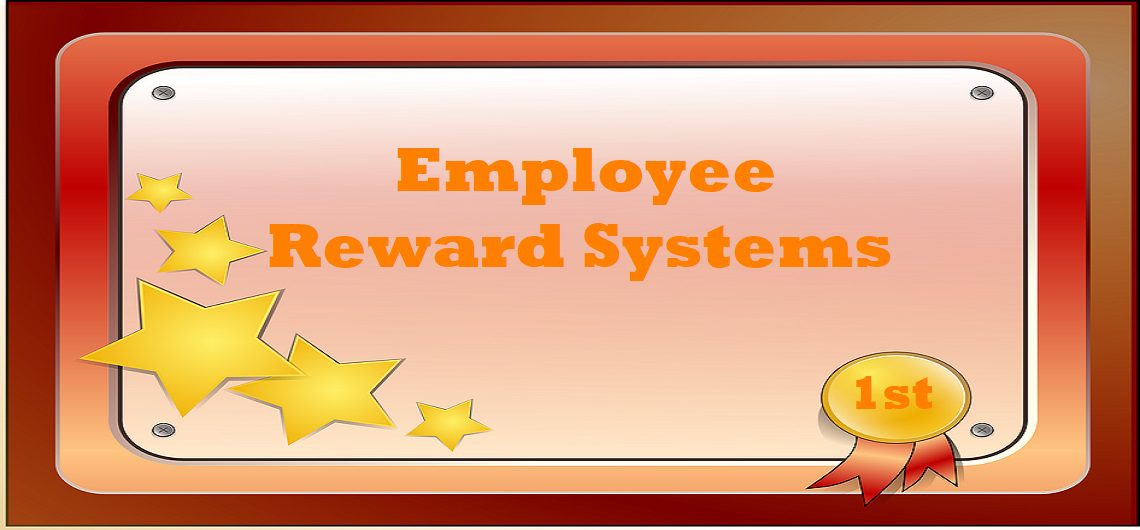by Stacey Mc Grath, Digital Marketing Executive with Intelligo Software who provide Corporate HR Software and Payroll Software
Employee rewards systems are an essential component of effective employee engagement strategies, employers often struggle to implement them successfully into their business, but perseverance is key! After all, your employees are key! They work hard to exceed goals and add to the success of the company. This is where employee reward systems are essential.
A winning system should recognise and reward both employee work-performance and behaviour. But what is the difference? Performance is straightforward to approach because of the primary link between the goals you set for your employees and the final results. However, rewarding specific behaviours that made a difference to your business is more challenging than rewarding performance. For example, are you rewarding employees working extra, or for coming up with new ideas on how to streamline their work processes?
Most companies think employee reward systems mean spending a lot of money when that is not the case – there are only three components to act upon.
Benefits are a type of reward in a system, but they do not need to be excessive. It could be merely a small lunch gathering or free snacks.
Recognition means noticing someone before their peers for specific accomplishments they have achieved, actions that have been taken, or attitudes embodied through their behaviour.
Appreciation, centres on displaying thanks to someone for their efforts. It involves showing thankfulness to your employees by acknowledging excellent performance and the kind of behaviour you want to encourage in your business.
Providing a superb reward system includes all these elements, but if that seems like a challenging endeavour, don’t worry: I have a list of do’s and don’ts to get you started.
Do’s
Reward precise behaviours that made a difference to your business. i.e. finding a new work process.
Engage in random acts of kindness for staff that may include biscuits in the kitchen or a free lunch.
If offering bonuses, make it clear to the employees how they will be calculated and ensure the measurement guidelines are reasonable and measurable.
Give departments their special week of appreciation: Finance Week, Sales Week, etc.
Celebrate birthdays, babies, weddings, promotions, and any happy time. Bring people together for cake and a chat.
Do track employee accomplishments and feedback in an HR System, for use at the end of year reviews or for evidence of a deserved pay rise or bonus.
Build a “Wall of Fame” for photos and clippings that acknowledge outstanding achievement in your business. Don’t forget to mention staff in the company newsletter, update or intranet, too.
Just say “thank you” or “great job” A simple act but priceless!
Don’ts
Never promise rewards ahead of time, give them at random times so that employees don’t change their purposes and focus only on the bonus.
Reward not just once. You need to reward continuously.
Never commit to a reward your business cannot afford.
Don’t move the goal posts for the process of achieving the award or bonus.
Never make the entire reward system conditional on achieving the businesses financial aims.
Avoid praising outcomes only, focus on behaviours too as results can often be accomplished through shortcuts while behaviour is about hard work and effort.
Don’t keep things private, make it public! Everyone should know what work is valued and why.
Employee reward systems don’t have to be extensive, costly or complicated. In many instances, small rewards are more impactful because they can frequently be provided. Add to this a dash of recognition and a cup of appreciation; then you have a recipe for a perfect employee rewards system. For more information on reward and recognition, I recommend the latest IBEC report on the issue.











































